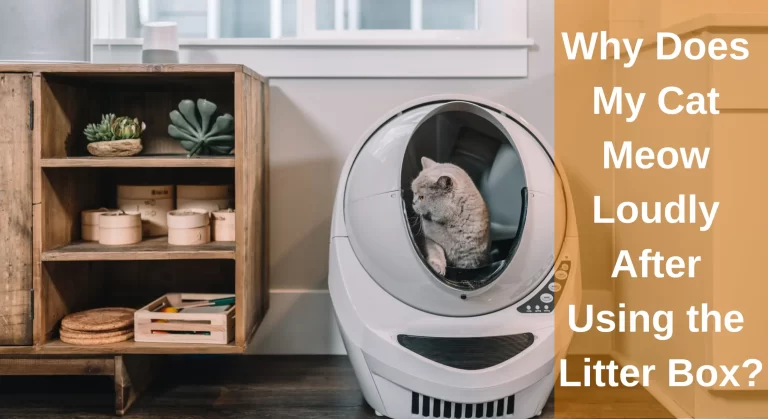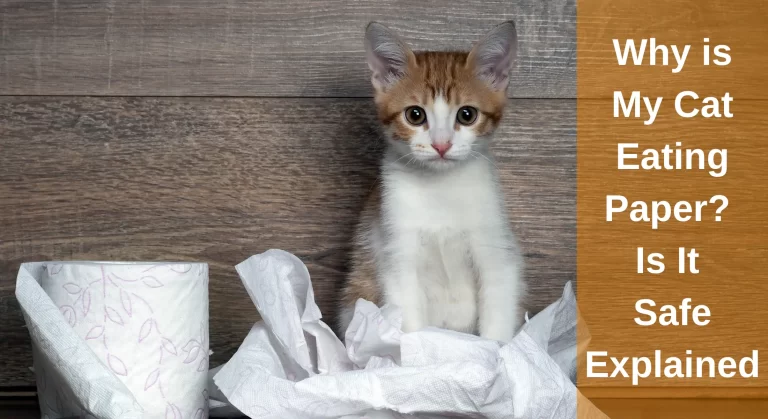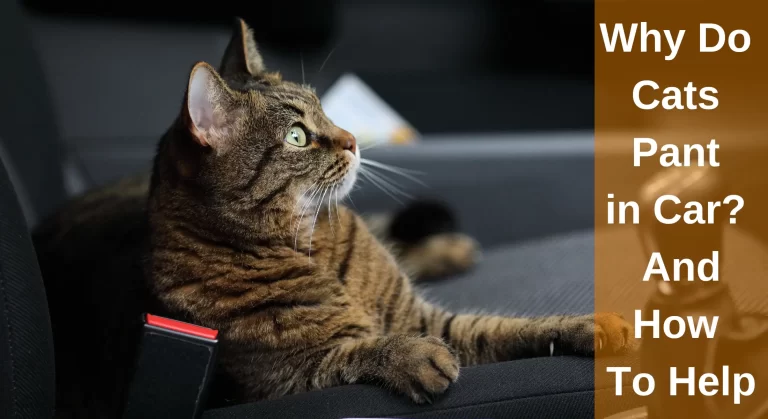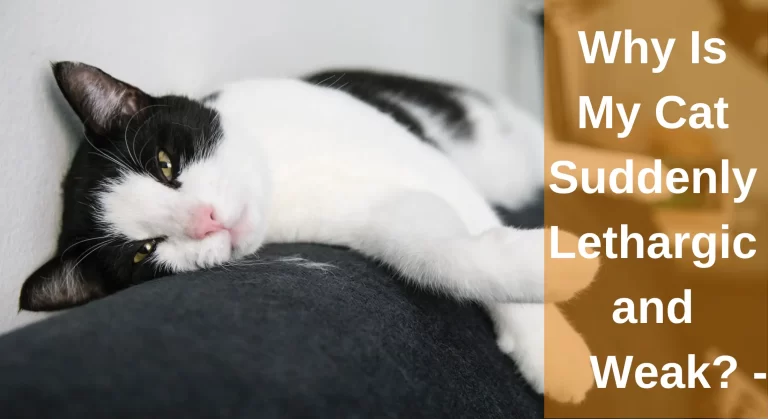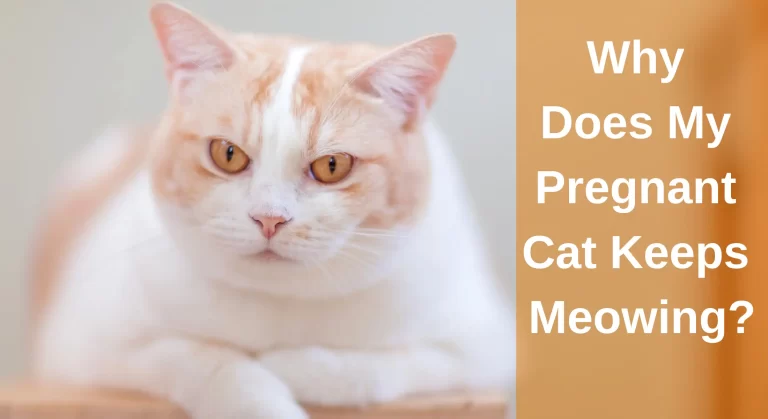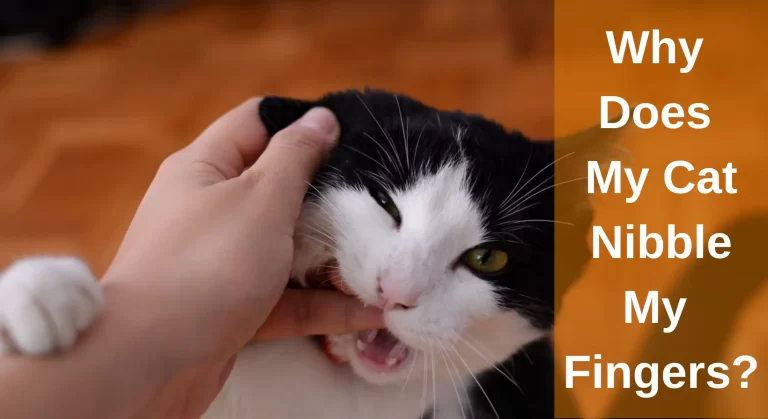Why Do Cats Loaf? Loaf Positions And Reasons
Whatever your cats do, they’re always indeed very adorable. We always consider our cats to be utterly charming, no matter how irritated we may feel whenever they make mischief. Moreover, cat loafing is a captivating posture that served as the basis for an Internet meme and is arguably the most priceless feline pose. But most cat owners ask why cats make this loafing posture. Why do cats loaf?
Cats loaf to convey a broad sense of comfort. Cats often loaf to relax, show that they’re happy, and feel safe. Cats may mimic a loaf to hide discomfort or an illness, maintain body temperature, or take a brief nap. But, if your cat adopts the loaf posture more often than usual, it’s recommended to pay special attention to it and determine whether there’s a problem.
For newbie cat owners, this posture could seem a little confusing. Thankfully, most of the time, a cat’s loafing isn’t a cause for concern in normal cases. Although it’s cute, there you must know the potential reasons behind this posture, its comparison with other body postures, and many more!
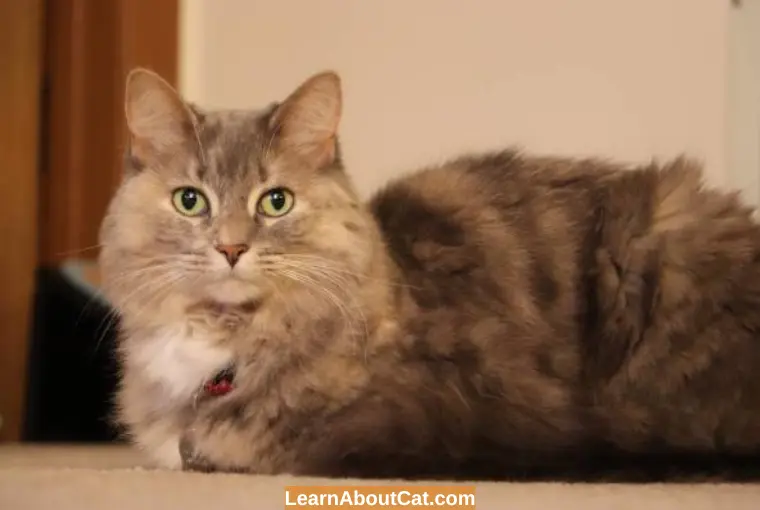
What Does It Signify When My Cat Loaf? What is a Cat Loaf?
Unquestionably, this position indicates that your cat is at ease with you. The paws must be tucked under the body, the tail must be snagged, and the neck fur must completely round the front feet. Claws are entirely concealed. It shows that the cat is unaware of any potential threat. It’s a frequent stance in cats of all ages and breeds.
It should be noted that a cat loaf position is a sign that a cat is happy and relaxed. It isn’t content to sleep on its back, which exposes its tummy, but it isn’t nervous or concerned. Loafing might provide information about your cat’s health under specific situations.
As a result, you’ll need to know what this activity entails, why cats engage in it, and how to determine why your cat is reposing.
Cats Loaf Positions

1. Partial Loaf
First and foremost, the loaf position is called partial Loaf, also known as the sloppy Loaf, which is a loaf shape that is not relatively compact. A cat’s elbows are usually exposed in this position, and its tail is generally dangling loosely. The legs aren’t fully tucked in, and the tail is loose in this bread loaf pose.
It is believed that kittens often adopt the half-loaf stance. This sort of development is common in kittens. A half loaf is when your cat is in the shape of a bread loaf, but its elbows are pointing outwards.
2. Complete Loaf
The second loaf position that differs from partial Loaf is complete or perfect Loaf, a classic loaf shape with fully tucked paws and a tucked or tightly pressed tail. It’s a rare opportunity to see an entire loaf in person. You must capture the occasion if you have a chance to have a camera.
3. Loaf Face Position
Also known as the collapsed Loaf, the face loaf is bread with a flat face. The cat would be in a full or half loaf in this posture, but its face would be facing down.
Relatively uncommon this shape derives its name from a face plant. A cat in loaf configuration will either lower their head to the ground or bash it against a vertical surface, either out of fatigue or irritation. Cat lovers believe the face plant is caused by a loss of energy, frustration, or a particularly sluggish mood.
4. Double Loaf Position
If you have two or more cats, you may notice that they are both lounging near each other. This is a double loaf, which is quite uncommon. It’s a once-in-a-lifetime opportunity, so take advantage of it. Especially connected pairs of cats that like to imitate each other.
If your cat behaves in this manner, understand that it’s a natural method for them to learn and grow. They desire to move, play, and connect with people like the rest of their feline family. It’s no surprise that kids like imitating the comfortable loafing position.
5. Loaf In Three
Even more unusual than the double Loaf is the Triple Loaf. We’ve only seen 5 of them in our lifetime of loaf hunting. Although we are confident that the Triple Loaf has more importance, scientists still speculate about its meaning.
6. Loaf Boat Position
A similar seating posture to the split loaf is a ‘loaf boat’. The critical difference is that one elbow is somewhat more stretched outwards than the other in this position, albeit both paws are tucked. The elbow forms the loaf boat’s bow. The overall design is like a sailboat, which is how the term came about.
Sometimes, loafing might provide information about your cat’s health under specific situations. So you’ll need to know what this activity entails, why cats engage in it, and how to determine why your cat is lounging.
Reasons Why Do Cats Loaf
The following are some of the reasons why cats take up the attitude of loafer:
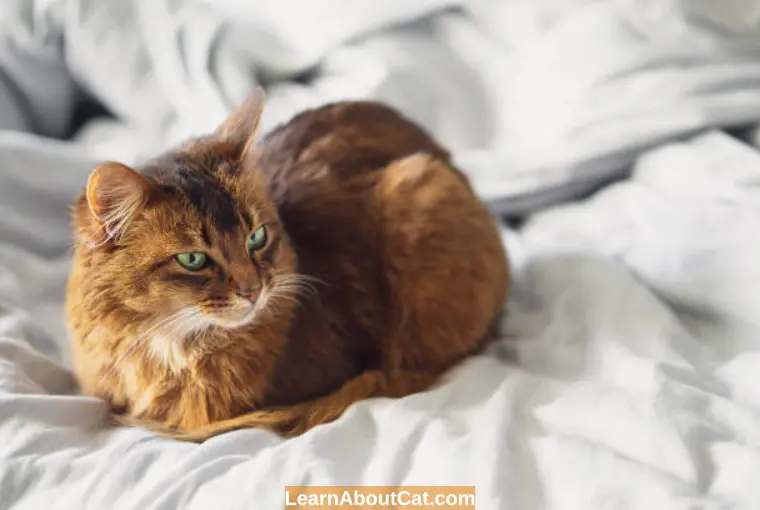
1. To Stay Warm
Preferably, felines move to warm places and dislike being chilly. Cats can curl up into fuzzy little loaves whenever they want, but they might prefer it when they need more warmth and cosines. Cats may remain warm by tucking their legs beneath themselves, especially if they have a short coat or don’t have an additional layer of “dough.”
2. For Easement And Relief
This position can provide them with ease and relaxation. Reclining or lounging on the ground is physically calming and helps people relax. It’s a little unsettling, but feline skeletons are just constructed differently.
One of the cats’ best abilities is resting in unusual places and sleeping in unusual configurations. Cats are excellent sleepers, spending almost two-thirds of their lives sleeping. However, the long cat sleep does not imply that your cat is lazy.
On the other hand, cat naps aid your cat’s preparation for the evening. Cats are nocturnal; they are most active at night and devote most of their energy to midnight prowls and moonlight hunts. So, loafing up into a scrumptious cat dough ball during the day is only one method to get your cat ready to knock over all your delicate Knick knacks on your desk.
3. Loaf Without Any Reason
Like people, cats may choose to sit in the loaf posture for no reason. Sometimes it’s just because your cat prefers to sit in that position. It’s pointless to be interested. Cats are independent creatures with a strong will. You may feel confident that they will sit in their preferred place.
Consider it the feline equivalent of lounging on the sofa. Cats can spend hours lounging in their favourite areas.
4. Paw Injury
In addition to many other reasons, cats are experts at obfuscating pain and disease. Loafing is one of the best methods to keep their damaged paws close to their body. It safeguards their paw from the outdoors as well as future harm. Pay closer attention if your cat seems to be lounging more than normal.
Other damage indicators include limping, extensive paw licking, and a refusal to put weight on one paw.
Also Read: How To Heal Dry Cat Paw Pads?
5. Ailment Or Infection
Your cat’s lounging might indicate that she is in pain in certain situations. It’s a posture in which the cat’s critical organs aren’t exposed, making it ideal for shielding a painful body part. It can be a symptom of renal disorders. Loafing might take on a distinct appearance in this scenario. The cat will still be lying on its back, but its head will be firmly planted, and its forepaws will be spread out.
Another version of the Loaf is the meatloaf posture to reduce strain on the organs. If you notice your cat in this posture, keep an eye out for additional signs, including lack of appetite, vomiting, or an increase in urination.
Frequently Asked Questions
Are cats happy when they loaf?
Though cats are generally calm and cheerful when lounging, they’re probably ill or in discomfort, if you observe your cat repeatedly attempting to wrap into a firm ball on the carpet or unable to fold their feet beneath their bodies.
Why does my cat loaf and stare at me?
If your loafing cat is staring at you with slowly blinking, half-opened kissing eyes, then it means that they’re showing its affection toward you.
Is it normal for cats to Lloaf?
If your cat has lowered its head, firmly closed its eyes, tucked itself into a firm ball, or is shivering, then it indicates that it isn’t feeling well or may suffer some disorder. However, if your cat is normally loafing, it shows that all is well.
Why does my cat loaf on my chest?
If your cat loaf on your chest, it means he loves you, just like they show their love by lying in your comfortable place like a bed. They also show their affection for you by lying on your chest.
Final Words!
To summarise, it is said that cats have inquisitive behaviours, such as the bread loaf. This benign stance denotes enjoyment, relaxation, a sense of security, awareness, or interest.
However, this isn’t always the case, so knowing when your cat is lounging because of discomfort is crucial. Our cats rely on us to interpret their body language to offer the correct care. Thus, getting to know your cat’s routines and behaviours will aid you in recognizing whether your cat is happy, nervous, or unwell.
Who is Isabella?
My name is Isabella, and I am a dedicated and knowledgeable cat enthusiast. With years of experience caring for cats and a deep love for felines, I made a mission to help other cat lovers navigate the challenges of cat ownership.

